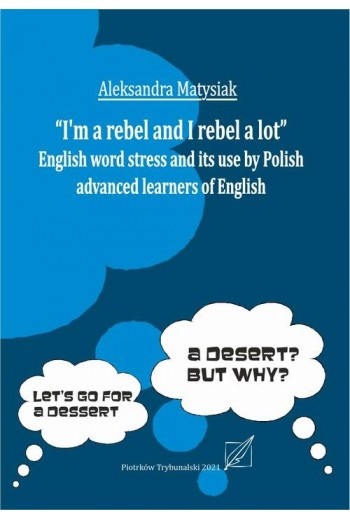- Nowy


Modal content..

AutorzyAleksandra Matysiak
ISBN978-83-7133-992-9
Rok wydania2021
Strony138
Języki
Nr produktu41CF20E7EB
ZabezpieczenieDL-ebwm
TematykaEdukacja
AutorzyAleksandra Matysiak
WydawnictwoUniwersytet Jana Kochanowskiego
Rok wydania2021
ISBN978-83-7133-992-9

AutorzyAleksandra Matysiak
ISBN978-83-7133-992-9
Rok wydania2021
Strony138
Języki
Nr produktu41CF20E7EB